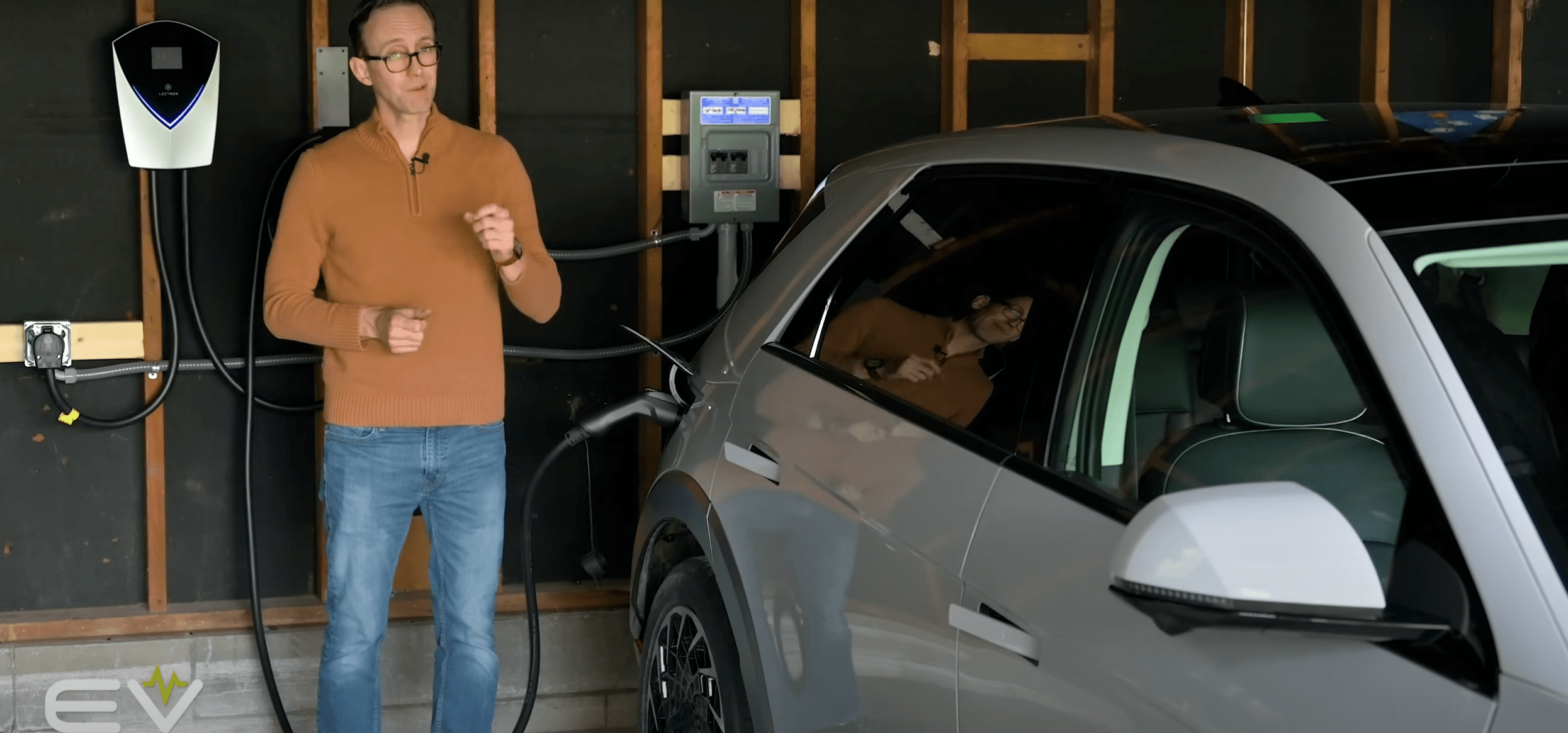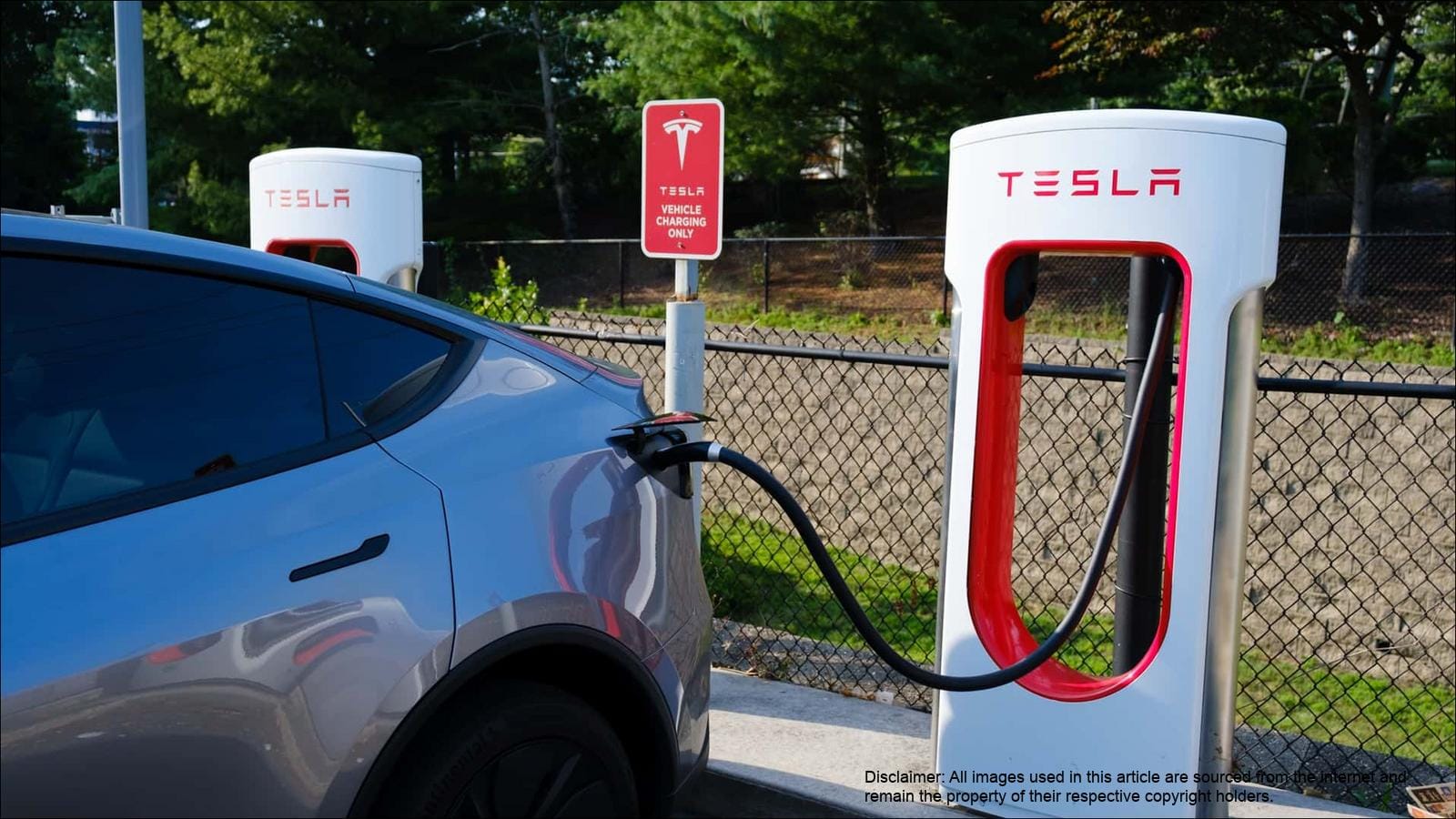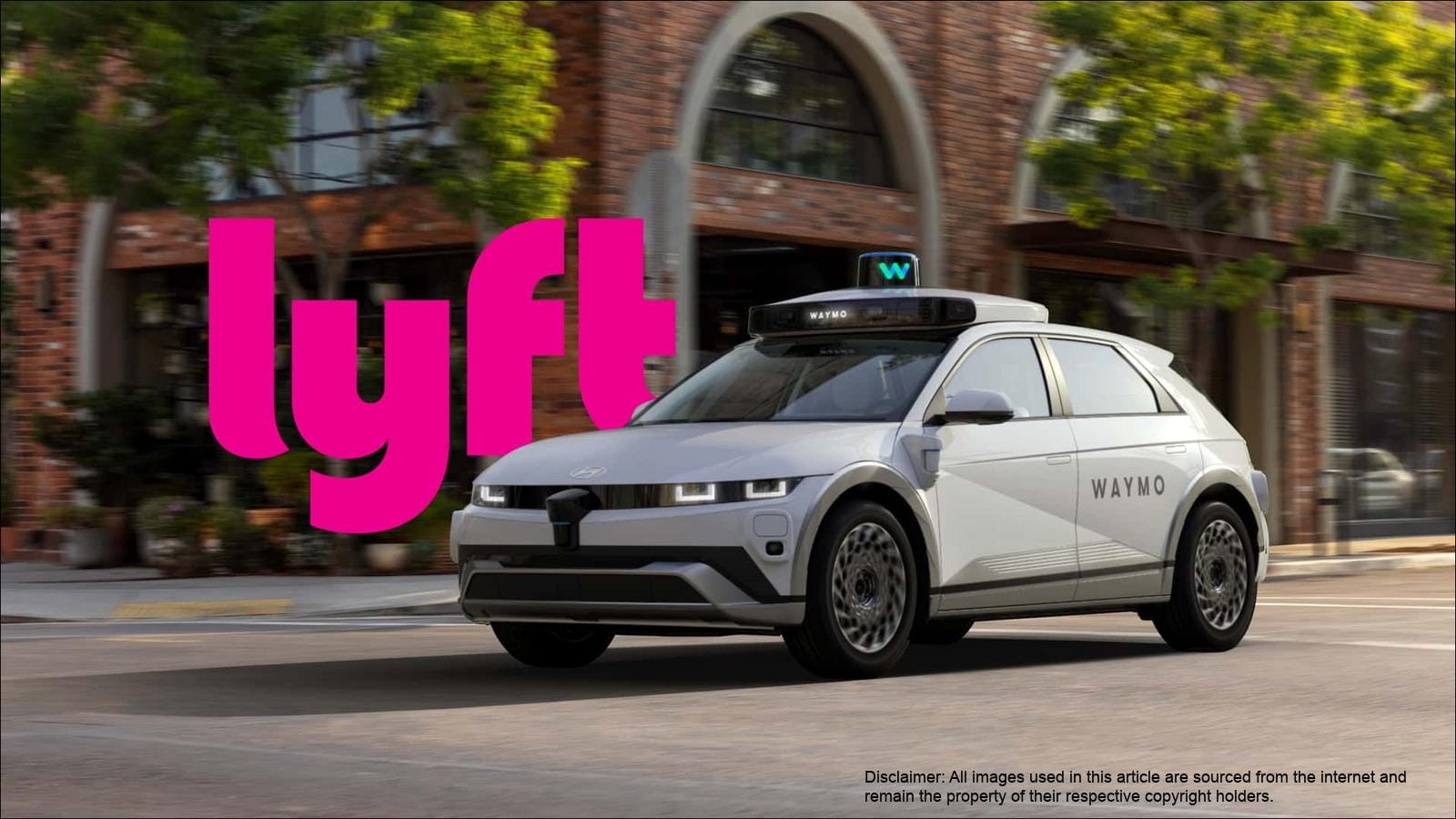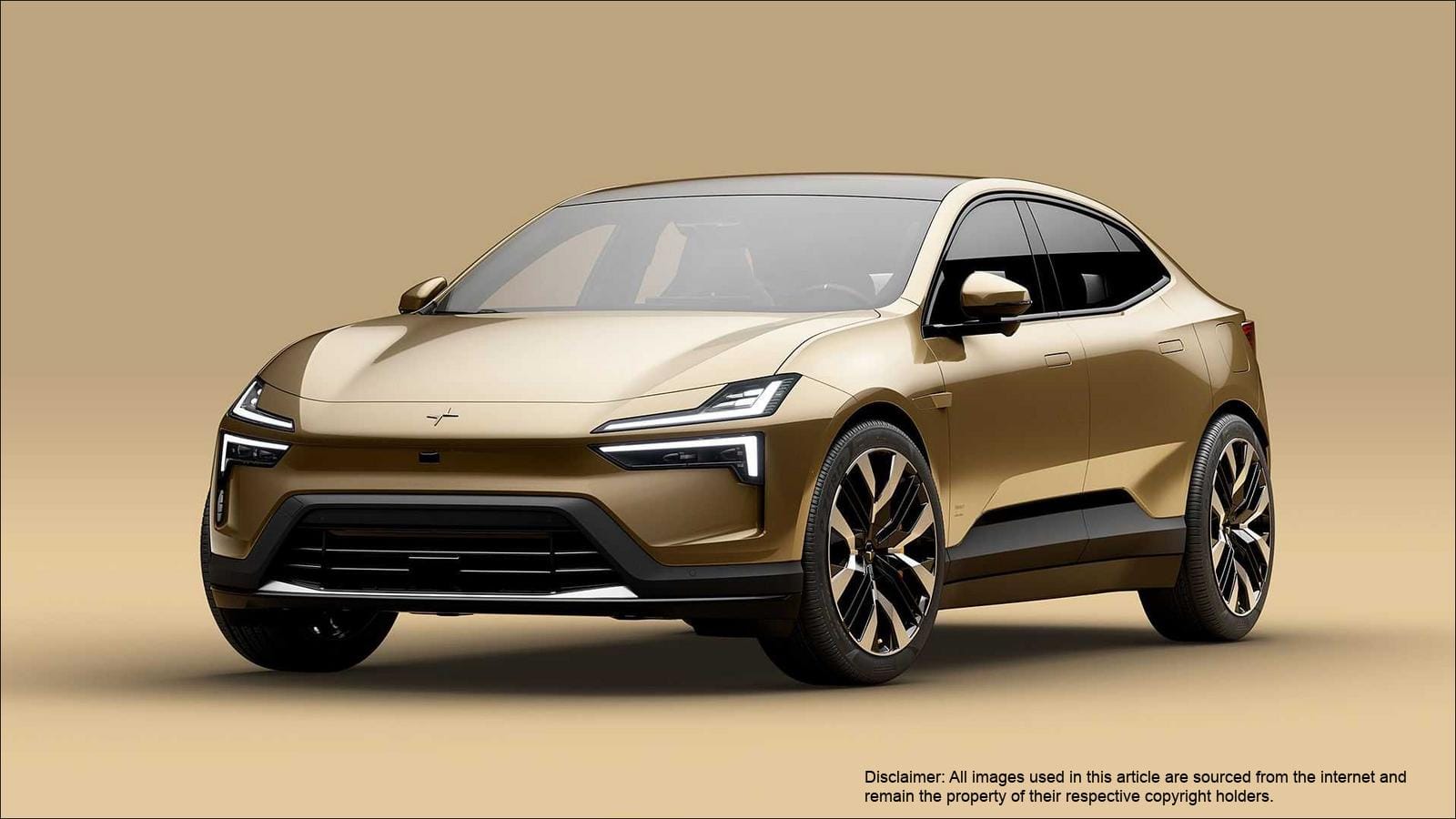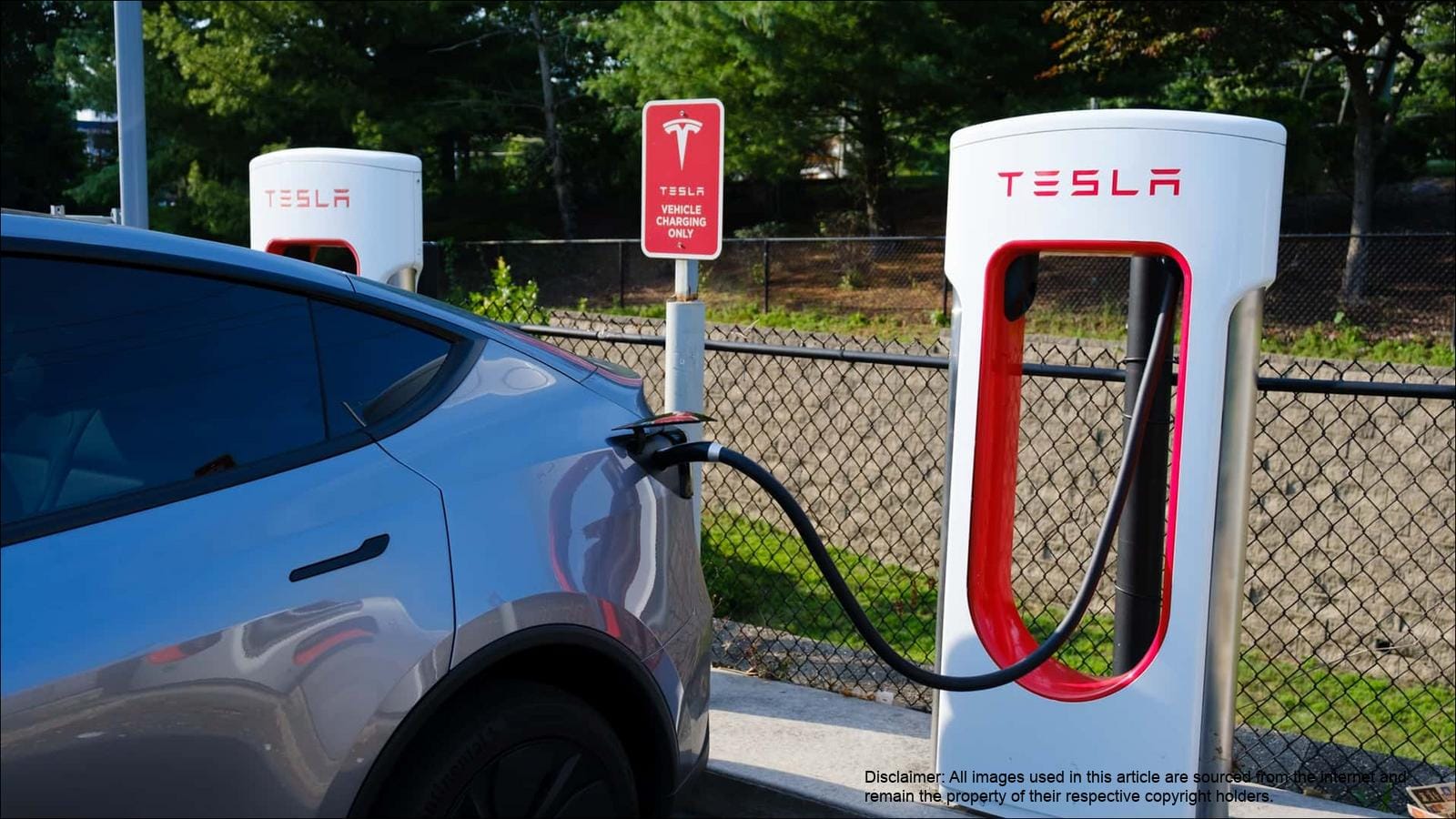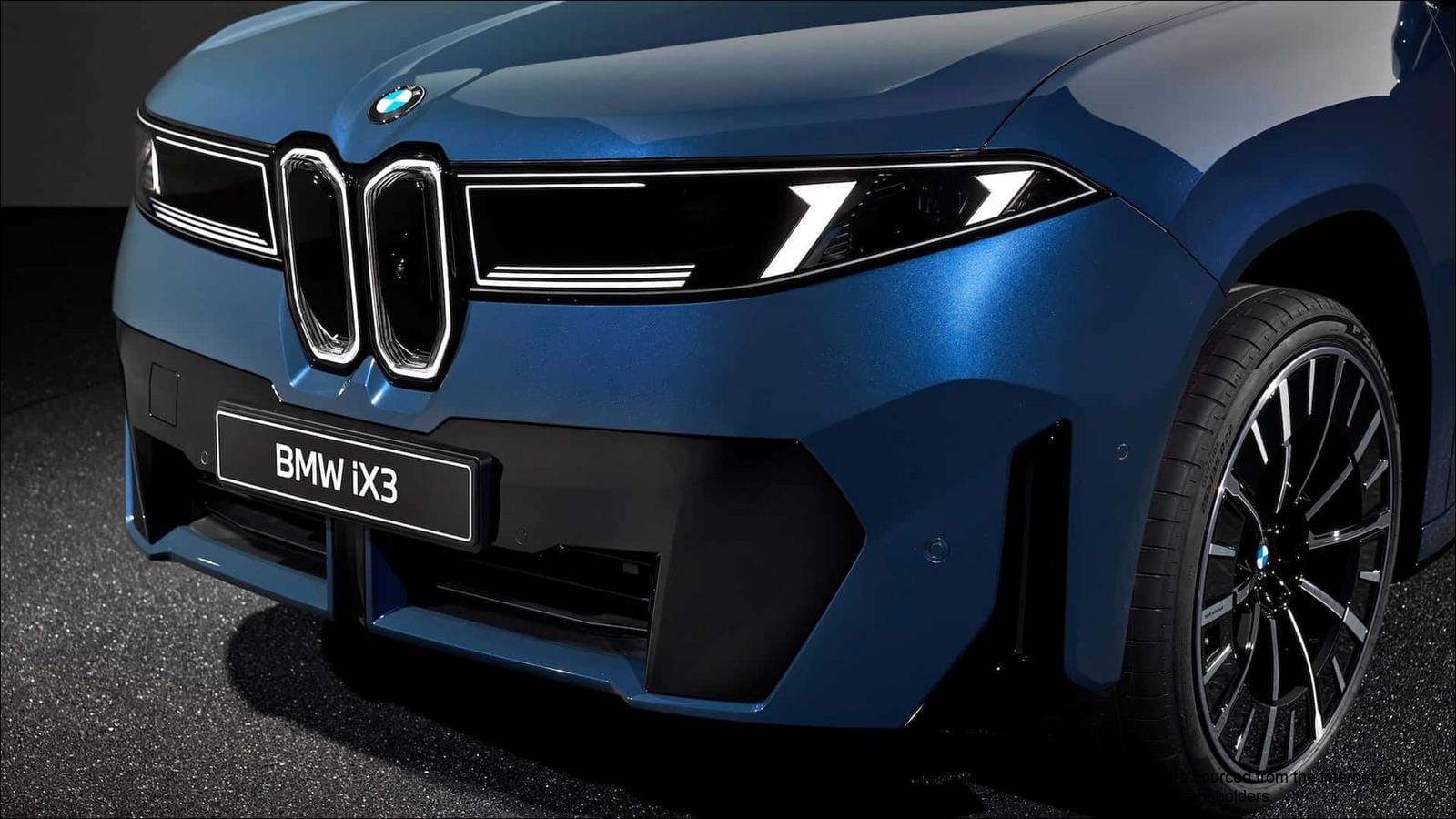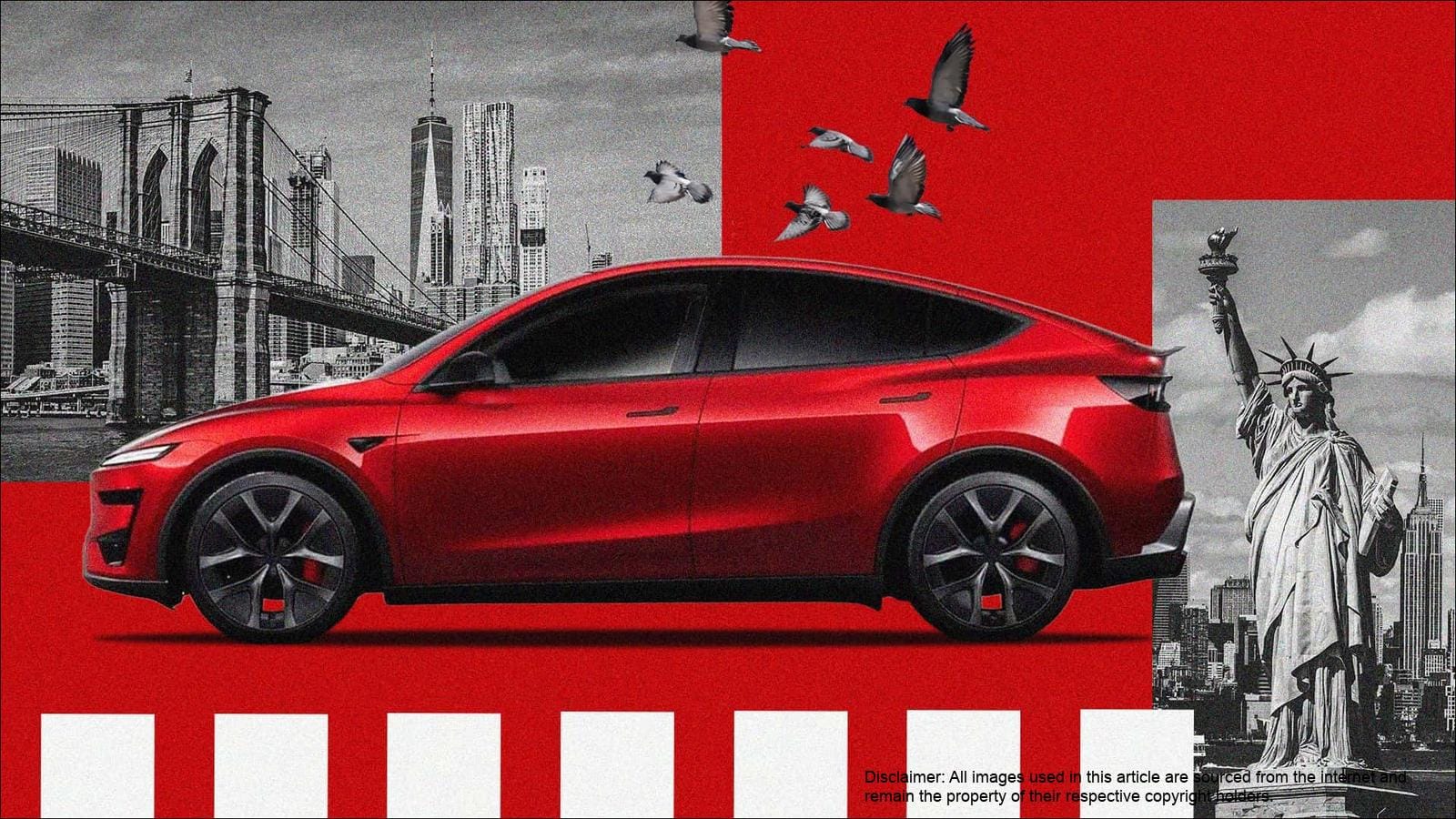So, you just bought an electric vehicle. Congratulations, but now you've got to decide whether to invest in a level two charger. And believe it or not, the answer isn't as cut and dried as it may seem, but I'll break it all down next.
Common wisdom dictates that if you have an EV, you should install a level two, 240 volt AC charger in your garage or carport. This is almost always our recommendation here at EVPulse, but there are a few exceptions.
Going the level two route provides the best ownership experience because you can easily, affordably, and relatively quickly recharge right at home. And typically you get between 25 and maybe 50 miles of range per hour of charging, which is up to eight times faster than with a level one charger.
Now, price of course is a potential hurdle. The actual chargers themselves usually aren't that expensive, but installation can cost thousands of dollars if you need to run a new circuit or upgrade your service panel. There are cases when these added expenses are simply not worth it.
So, who's better off steering clear of a level two charger? Well, a few groups of people actually. Around towners, workplace juicers, and city centerers. Yeah, that last one doesn't sound very good. So, let's just say urbanites instead.
If you're an around towner and only drive 10 miles or so to work every day and never take long trips, the 120 volt level one trickle charger that comes with many electric vehicles is perfectly fine. They can usually add two to three miles of range per hour to a battery, depending on the vehicle, of course, which means you should be fully topped up by the next morning. Easy peasy, no need to spend extra money.
Now, other people that may not need a level two charger are workplace juicers or folks that charge at the office. Many employers offer reduced cost or even free charging as a perk. You could drive to work, plug in for your shift, and then leave with a full or nearly full battery. If this is an option, you may not need to install any new hardware at home.
And finally, urban motorists that live in densely populated cities probably don't even have a dedicated place to park their EV, much less a spot to install a level two charger. Of course, this may not be an issue at all because in this case, there are probably enough public chargers nearby that you don't need to purchase and install your own.
Now, many drivers will want a level two charger, but there are motorists out there that can't install one or simply don't need to. So if you're an around towner, a workplace juicer, or an urbanite motorist, go ahead and pocket the money you saved or invest it in your favorite cryptocurrency.


